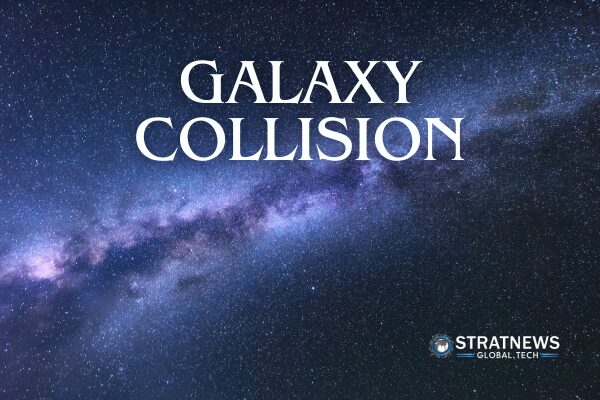The Milky Way’s Fate: New Study Challenges Andromeda Collision Timeline
The Milky Way and the nearby Andromeda galaxy are speeding towards each other at around 250,000 miles per hour (400,000 kph). Scientists have long believed this would lead to a future galactic collision, destroying both galaxies. However, new research suggests this dramatic event might not be as certain as once thought.
Collision Less Likely Than Previously Estimated
Earlier studies predicted the Milky Way-Andromeda collision would occur in about 4 to 4.5 billion years. But fresh data from a new study lowers that likelihood. Researchers now say there’s less than a 2% chance of a collision within the next 5 billion years. Over 10 billion years, the odds rise to roughly 50%.
This study, published in Nature Astronomy, uses updated measurements from the Gaia and Hubble space telescopes, along with data from ground-based observatories. It also includes new variables that were not previously considered, such as the gravitational pull of additional nearby galaxies.
What a Galactic Merger Would Look Like
If the collision does happen, it won’t be like a car crash. Galactic mergers involve a slow blending of stars, gases, and dark matter. Stars and planets rarely hit each other directly. Instead, the structure of both galaxies would change entirely, forming a new, elliptical-shaped galaxy.
Astrophysicist Till Sawala from the University of Helsinki, who led the study, noted that even if a merger occurs, it’s more likely to happen 7 to 8 billion years from now. Yet, with current data, predicting the exact timeline—or whether it will happen at all—remains uncertain.
Other Galaxies Could Alter the Outcome
The study also considered the influence of the Triangulum galaxy (M33) and the Large Magellanic Cloud, a satellite galaxy of the Milky Way. Including M33 in the models actually increased the chance of a collision. However, factoring in the Large Magellanic Cloud decreased it.
In fact, the research suggests that the Milky Way is almost certain to merge with the Large Magellanic Cloud within the next 2 billion years, well before any possible encounter with Andromeda.
What Happens to Earth?
Even if a collision happens, Earth may no longer be habitable by then. Scientists expect the sun to become much hotter in about a billion years, likely boiling away Earth’s oceans. By the time a galactic merger occurs, our planet could be entirely lifeless.
Supermassive Black Holes and Mergers
Both the Milky Way and Andromeda have supermassive black holes at their centres. The Milky Way’s black hole, Sagittarius A*, has a mass of about 4 million suns, while Andromeda’s is about 100 million times the sun’s mass. In the event of a merger, these black holes would drift to the centre of the new galaxy and eventually merge.
Galactic mergers have occurred since the universe began, especially in areas with many galaxies. Smaller galaxies frequently merge with larger ones, and in fact, the Milky Way is currently absorbing several dwarf galaxies.
with inputs from Reuters


